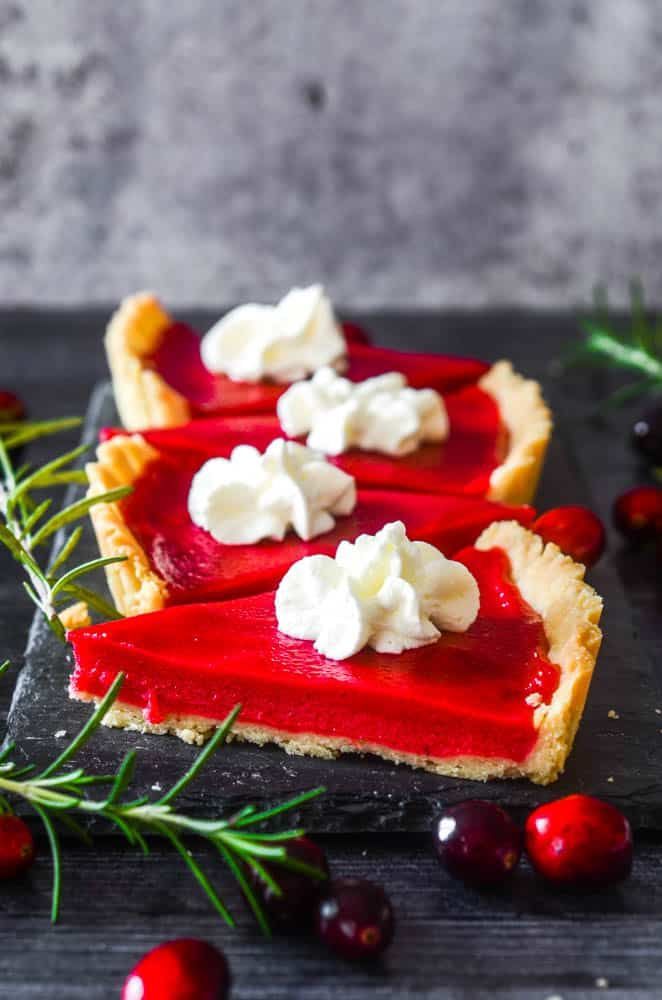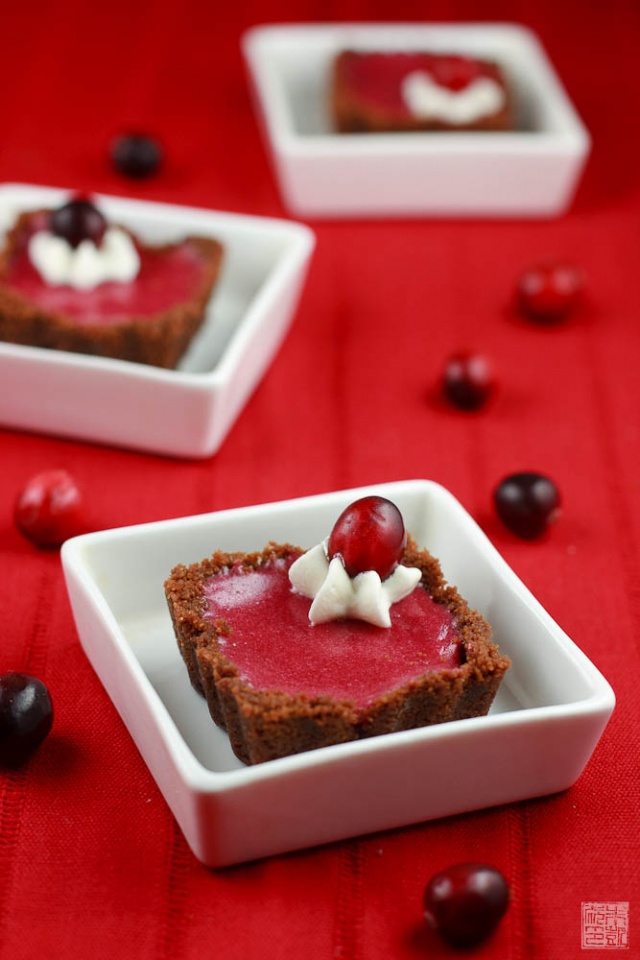
It comes together in a few minutes on the stove, and it doesn’t even require you to set up a double boiler.Īnd honestly, the curd itself is worthy of licking off the spatula. The curd itself is a deep-red garnet color, with a silky smooth texture and the tart cranberry flavor gets rounded out with vanilla and orange (and not a small amount of butter and sugar and eggs). This cranberry curd tart is the cold-weather dessert you didn’t know you needed. But it’s not the only way to celebrate fall and winter. Not that there’s anything wrong with a classic apple pie. Which is a shame, because when strategically deployed, cranberry desserts not only bring a welcome burst of color, they bring a lovely puckery acidity to punctuate a big meal.(Sort of the way this lemon ginger tart does.) They’re often relegated to a sad cylinder of canned cranberry sauce at the edge of the Thanksgiving table, an afterthought to the apples and pumpkins taking up the dessert space. Some recipes suggest that you can blot it off with a paper towel if you are careful.Cranberries are the under-appreciated fruit of fall and winter. The final baked tart may have some condensation on it as it cools. But I promise that it absolutely is possible to make this blackberry curd tart on the day that you want to serve it. It will need an additional few hours to cool and firm up before you slice it. Note that the time listed here refers to the time until you take the crust and curd out of the oven for the last time. That way you don’t have to worry constantly about scraping out where the side meets the bottom of the pan. It’s easiest to make curd in a pan with a sloped side, if you have one. You should end up with about 1 ¼ cups of blackberry purée. It’s the repeated squashing the berries in the sieve and then using the clean spatula to scrape down the seed-free purée that takes all the time and energy. Blitz and then pass through a fine mesh sieve or chinois, scraping all of the liquid with a clean spatula into your pot.

Put all of the blackberries into your food processor or blender. If you are using frozen blackberries, let them come to room temperature. But it’s something you have to do if you want a smooth, creamy blackberry curd. Making the blackberry purée and removing the blackberry seeds is the fussiest part of this recipe. Pre-bake per the recipe and allow to cool. Carefully remove the other piece of wax paper and settle the tart crust into the pan, using any extra to cover any holes or tears. To transfer it to the ungreased tart pan, remove the top piece of wax paper and invert the dough onto the pan. I think it’s easiest to roll out nut tart crusts between two pieces of wax paper. Separate the next egg over a new small, clean bowl. If you don’t – even if there’s just a tiny bit of yolk in your whites – either toss the white or save it for something where the white doesn’t need to be perfectly clean, like this homemade granola. If you get a clean separation, save that egg white into your egg white container and repeat. If you are planning to use the egg whites for something like macarons where it is important they are perfectly clean, separate each egg over a small, clean bowl. Flatten it into a disk, wrap it in plastic wrap (Panel #4), and let it chill in the refrigerator for at least an our. Dump it out into a clean bowl or your countertop and combine gently by hand until it comes together as a ball. Process with the flour, confectioners’ sugar, and salt (Panel #2).Īdd the cold butter and egg yolk and pulse a few times until the dough starts to come together (Panel #3). If using pecans, toast and then grind the pecans in a food processor (Panel #1 below).

I just find skinning hazelnuts to be one more fussy step. I’ve done pecan, almond, and hazelnuts in nut crusts for pies or tarts. Most any nut or nut flour will work in this recipe.
Cranberry curd tart nytimes free#
Please feel free to refer to that one if you avoid gluten.

The New York Times cranberry curd tart recipe uses a gluten-free hazelnut crust.


 0 kommentar(er)
0 kommentar(er)
